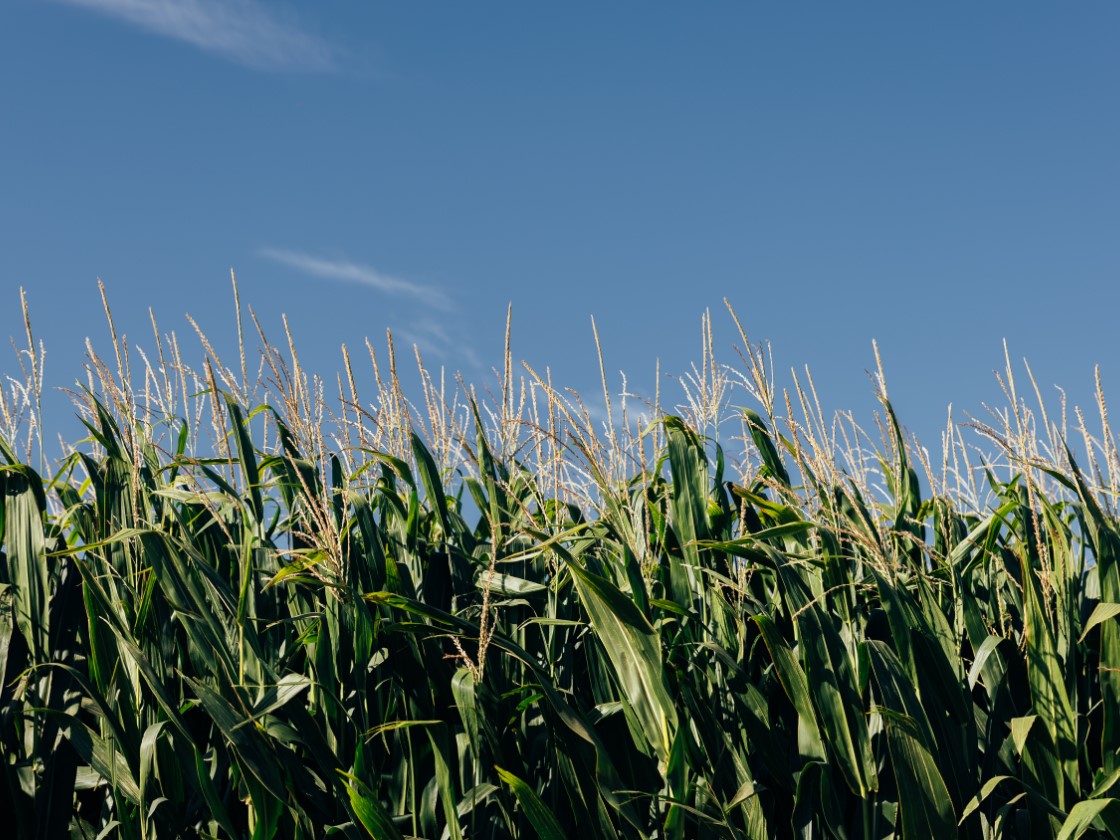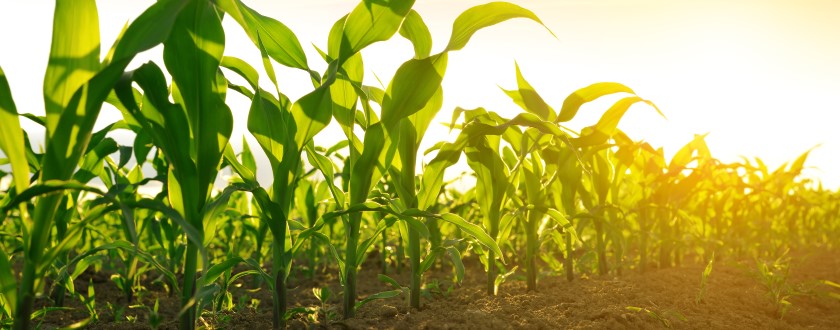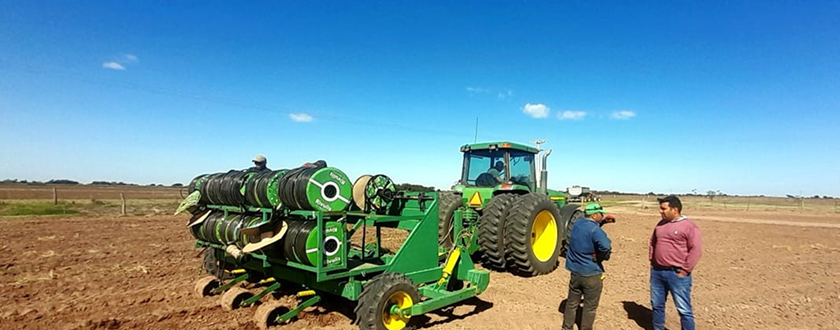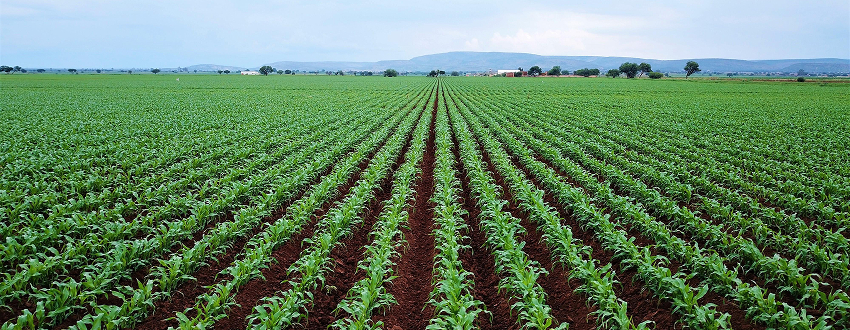Cost-Effectiveness for Different Farm Sizes:
When evaluating irrigation systems, long-term costs (e.g., over 10 years) matter most. The real financial benefit of SDI (Subsurface Drip Irrigation) comes from increased yields. Ideal for smaller fields (around 30 hectares or 75 acres), SDI reduces long-term expenses like pumping costs. The key value lies in higher productivity, which justifies the initial investment and helps farmers optimize sustainable returns.
Environmental Impact and Efficiency:
SDI not only shines in terms of long-term cost but also offers environmental benefits. This system leads to reduced water use for crops like corn, sugar cane and cotton, which is crucial in areas facing water scarcity. Additionally, it minimizes environmental impact by lowering runoff and leaching, which can contribute to water pollution. In contrast, while center-pivot systems can be efficient and profitable for larger fields, they are less adaptable to irregularly shaped fields and can have higher and energy water usage. The environmental impact of these systems is more pronounced due to potential runoff and less precise water application, which can negatively affect soil and groundwater quality.
Economic Trade-Offs:
The decision between SDI and center-pivot systems often hinges on the balance between initial investment costs and long-term profitability. SDI is more profitable for smaller, or irregular shaped, fields due to its overall lower cost when considering the life of the system, coupled with the increased yields that SDI can provide. This system allows for precise water application and efficient use of resources, which can enhance profitability over time.





